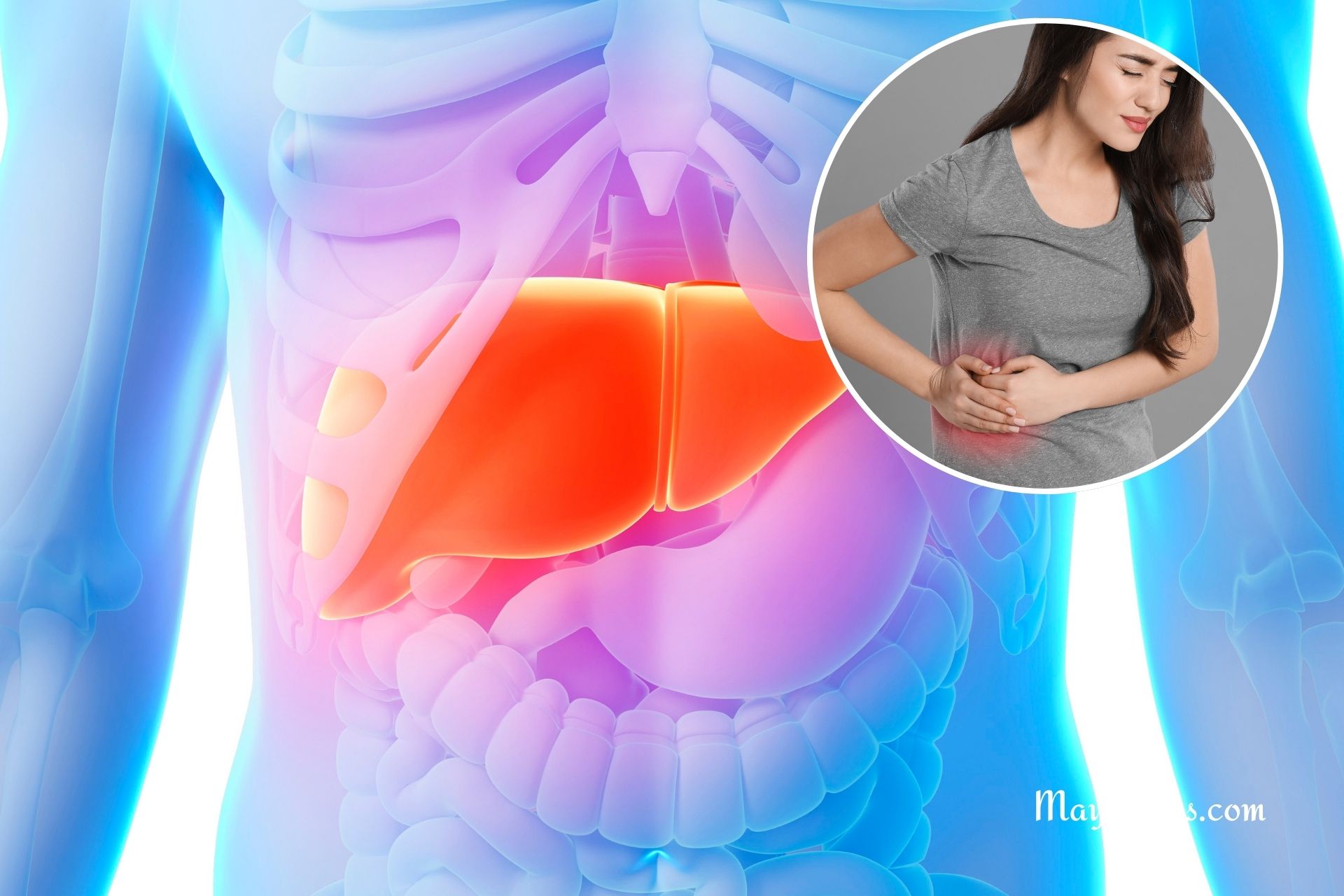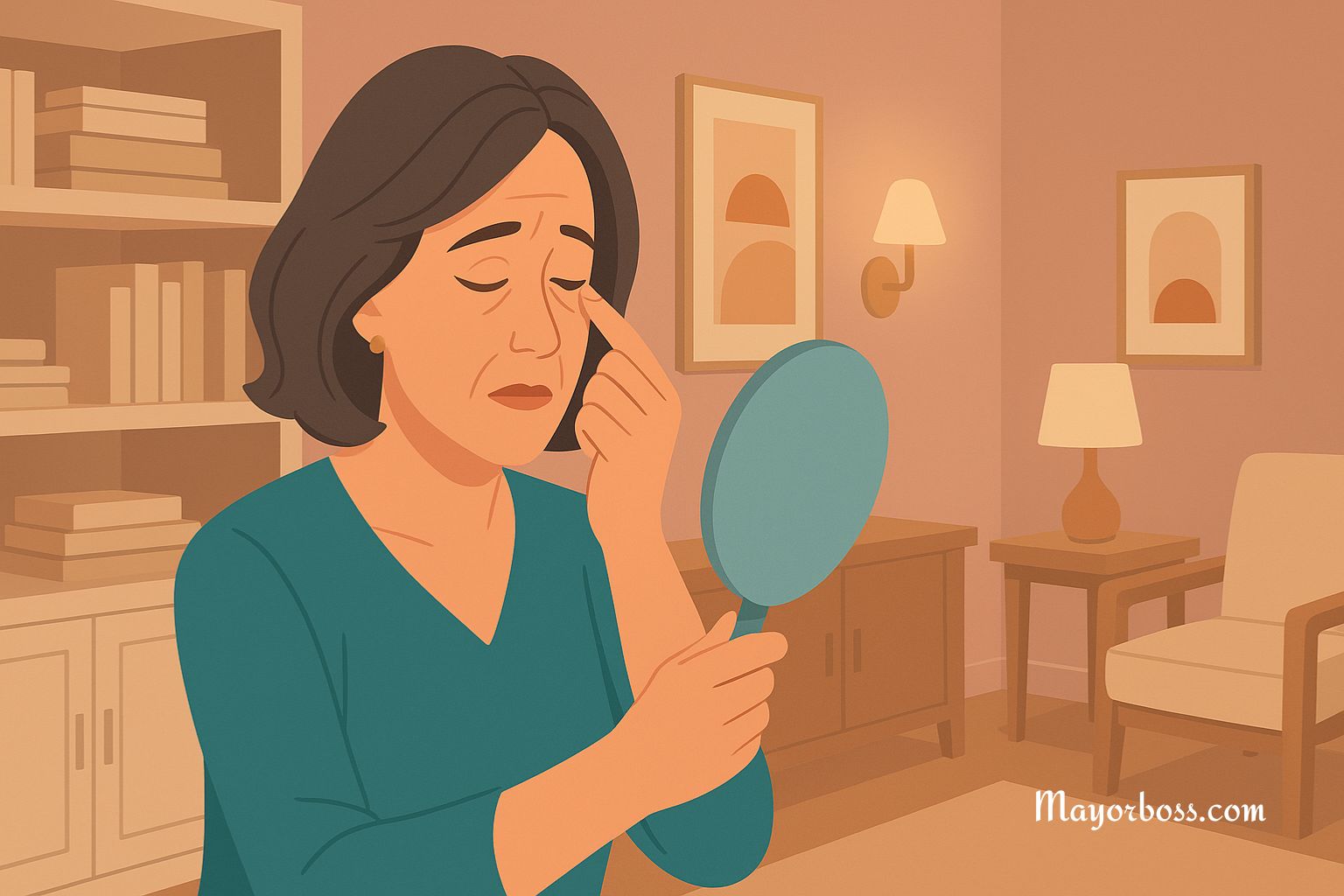Symptoms of Peripheral Artery Disease in the Legs and Feet
Peripheral Artery Disease (PAD) is a common problem where arteries get narrower, making it hard for blood to flow to your arms and legs. PAD usually affects the arteries in your legs. This makes it difficult for oxygen-rich blood to reach your leg muscles and feet. Symptoms can range from mild discomfort to serious problems if left untreated.

How Peripheral Artery Disease Affects the Legs and Feet
PAD happens when arteries become narrowed or blocked because of a buildup of fatty deposits named plaque. Plaque forms when cholesterol and other substances build up in your arteries, causing them to become hard and narrow. This process, called atherosclerosis, reduces blood flow, making it hard for your legs and feet to get the oxygen they need. Because of this, symptoms can start to appear, sometimes slowly and sometimes suddenly.
Pain in the Legs While Walking or Exercising is Often the First Symptom
One of the most common symptoms of PAD is claudication, which means pain or cramping in your legs during activities like walking or climbing stairs. This pain usually goes away after resting for a few minutes. It might feel like a deep ache, tightness, or burning, often in the calves, but it can also be felt in the thighs or buttocks.
This pain happens because your muscles aren’t getting enough oxygen during exercise, which causes discomfort. As PAD gets worse, the pain can happen more often, even when you’re not being active.
Coldness in Your Legs or Feet May Be a Warning Sign
You might notice that one or both of your legs or feet feel colder than the rest of your body. This happens because the reduced blood flow makes it harder for your legs to stay warm. If you touch your legs or feet and they feel unusually cold, it could be an early sign of PAD.
Changes in Skin Color and Texture Can Indicate Poor Circulation
Changes in skin color can also be a sign of PAD. Your legs or feet might look pale or even have a bluish color because they aren’t getting enough oxygen. You might also notice shiny skin or hair loss on your legs. This happens because poor blood flow can prevent the skin from staying healthy and hair from growing properly. Poor blood flow can make it hard for your body to grow hair or keep your skin healthy.
Another common sign is wounds or sores that are slow to heal. Blood flow is needed for wounds to heal, so cuts or injuries on your legs and feet might take a long time to get better. Slow-healing wounds can lead to serious infections if not treated. This can become a big problem if PAD isn’t treated.
Numbness or Weakness in the Legs Might Mean Blood Flow is Severely Restricted
Numbness or weakness in your legs can also be a sign of PAD. This happens because your muscles aren’t getting enough nutrients from the blood. You might feel like your legs are weak or “give out” more often. Numbness is especially concerning because it means your nerves aren’t working well, either.
Toenails Growing Slowly or Becoming Thickened is a Common Indicator
Changes in your toenails can also be a sign of PAD. You might notice that toenails grow more slowly, become brittle, or get thicker than normal. Since blood flow brings important nutrients, poor circulation can make your nails grow incorrectly.
Rest Pain is a Sign That Peripheral Artery Disease Has Progressed
When PAD gets worse, you might start to feel pain even when you’re resting. This is a sign that blood flow is very low. The pain usually happens in the feet or toes and can feel worse when your legs are raised, like when you’re lying down. The pain might get better if you hang your legs over the side of the bed, which helps blood flow to your feet.
Weak or Absent Pulse in the Legs or Feet May Signal a Circulatory Issue
Doctors often check the pulse in your feet to see if blood flow is restricted. If there is a weak or absent pulse in your legs or feet, it might mean you have PAD. A healthcare provider can check this during a physical exam.
Leg Muscle Atrophy Might Indicate Long-Term Poor Blood Flow
If PAD isn’t treated, the muscles in your legs may start to shrink or get weaker over time. This can make it harder to walk or do everyday tasks. This is called muscle atrophy, and it happens because your muscles aren’t getting enough nutrients and oxygen. It can make everyday activities, like walking or standing, harder over time.
Why It Is Crucial to Recognize the Symptoms of PAD Early
Noticing PAD symptoms early can really help make treatment better. Early treatment can help stop complications like infections, non-healing sores, and, in severe cases, amputation. Doctors use tests like the Ankle-Brachial Index (ABI) to measure blood flow and diagnose PAD.
If you have any of these symptoms, it’s important to make an appointment with your doctor. They can check your symptoms, do tests, and suggest treatment to improve blood flow and reduce symptoms.
What Can Be Done to Manage Symptoms of PAD?
There are several ways to manage PAD symptoms, including lifestyle changes, medications, and sometimes surgery. Quitting smoking, eating a healthy diet, and regular exercise are some of the first steps doctors recommend. Medications that lower cholesterol or prevent blood clots can also be prescribed to help with symptoms and reduce the risk of problems.
In cases where lifestyle changes and medications are not enough, surgical procedures like angioplasty (widening of the artery) or bypass surgery may be needed to improve blood flow. The goal of treatment is to help blood move better, relieve symptoms, and reduce the risk of heart attack or stroke.
The Takeaway
Peripheral Artery Disease in the legs and feet can start with small symptoms like pain during exercise or cold feet. The important thing is to pay attention to these symptoms and talk to your doctor early. With the right treatment, you can manage the symptoms of PAD and keep your quality of life.
References:
- https://www.nhlbi.nih.gov/health/peripheral-artery-disease/symptoms
- https://www.sciencedirect.com/science/article/pii/S0091743523000695
- https://my.clevelandclinic.org/health/diseases/17357-peripheral-artery-disease-pad
- https://www.mayoclinic.org/diseases-conditions/peripheral-artery-disease/symptoms-causes/syc-20350557






